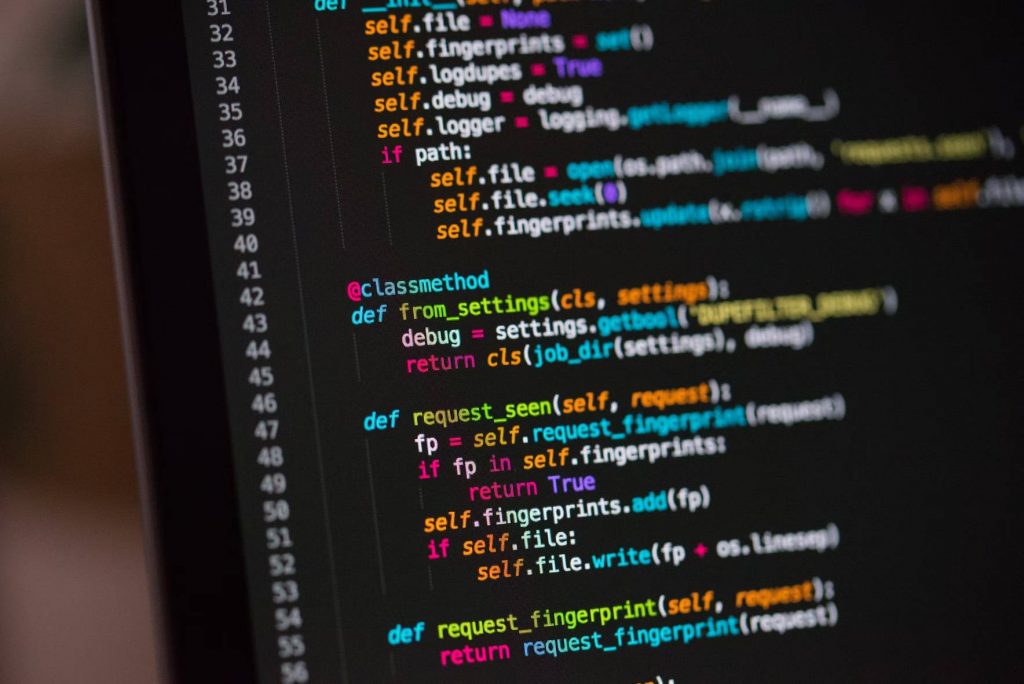Machine learning is directly related to artificial intelligence (AI). It uses data patterns, systems, and algorithms to build machines capable of replicating how humans think and learn.
The development of machine learning can find its roots in the first game of checkers played against a computer, when the human player lost to the computer player. Have you ever wondered how machine learning is used in today’s world?
What is machine learning?
Machine learning is a useful technology that involves data science to create relevant predictions and strategic insights. The growth of big data in the business and technology sector has also played a role in the development of machine learning.
Machine learning works by identifying data patterns, creating an error function to check for accuracy, and improving the model to enhance the correctness of the data. Some examples of machine learning include virtual assistants, chatbots, automatic speech recognition, recommendation algorithms, and automatic trading.
Machine learning is a major part of what is called Web 3.0, or the third generation of the world wide web. Web 3.0 focuses on the use of data to help machines develop a better understanding of internet users. It aims to create a more immersive and intelligent internet experience.
How is Python used for machine learning?
Python is one of the preferred high-level programming languages for machine learning. It is flexible, adaptable, and widely available.
One of the things that Python engineers love about the language is its readability and user-friendliness. It is a good language to use for beginners and experts alike. Due to its simple framework, Python has become a popular programming language in the machine learning community.
What are the essential steps to mastering machine learning with Python?
Machine learning using Python is a complex subject that you may not know where to begin. Here are some essential steps to help you get started with mastering machine learning.
1. Learn how to program using Python.
The first step to mastering machine learning is to learn how to code using Python. Machine learning is a step above simple coding. Thus, knowing how to code and build simple programs are essential before moving on to developing machine learning projects.
As mentioned, Python is a good programming language for machine learning. You will need to study the ins and outs of the language including building codes, executing codes, and using problem-solving skills to troubleshoot program issues.
2. Collecting and processing data using Python.
Machine learning works by analyzing data to identify patterns and algorithms. But where does this data come from? Before building a machine learning model, it is important to understand how to collect data using Python. This can be done by using the language to create simple tasks aimed at data collection and preparation.
Tasks such as web scraping, collecting data from third-party sources, and data processing are all essential to developing a machine learning model. The data that is collected must be processed correctly and made machine-readable.
3. Analyzing the data collected.
Data analysis involves building patterns with the data collected to create relevant insights for machine learning. With the use of Python, developers will be able to analyze the data and group together relevant information. All this information will be used to build the first algorithms that are essential for machine learning.

4. Beginning machine learning.
Once you have understood and practiced the basics of data collection, processing, and analysis, it is time to begin machine learning using Python. The best way to begin is by simultaneously studying the theory and practice of machine learning.
It is recommended to begin with the theory of how machine learning works. Read up on a few concepts to get you started. After each section, test out the theory learned to see how it will work.
Apply your Python language to build a prototype of your machine learning model. Use the data collected to create a predictive model and analyze the results. Combining both theory and practice is a good way to learn the particulars of machine learning.
5. Understanding machine learning algorithms.
Machine learning operates on algorithms that are derived from the collected data sets. After building a prototype, you will get a better understanding of how algorithms for machine learning models work. Understanding these algorithms will require basic statistical knowledge.
Generally, four types of machine learning algorithms can be used. First is supervised machine learning, where machines are taught how to react using a controlled dataset. The second is unsupervised machine learning, where machines learn by processing and analyzing data on their own.
The third is called semi-supervised machine learning, which is a mixture of both controlled and unknown datasets. Lastly, reinforced machine learning involves the use of defined rules and limitations that the machine will use to create algorithms to identify solutions.
6. Building machine learning projects using Python.
When the first five steps have been completed, you can begin to build a machine learning project. The first projects that are built usually involve simple predictive models such as movie recommendations. Once you have mastered the use of Python for this type of machine learning, more complex projects can be built such as stock trading and forecasting, speech recognition, and virtual chatbots.
The Bottom Line
Python is a recommended programming language to master machine learning. This language is simple to use and intuitive. It can provide consistent results and is used in a variety of areas. It can be used for website development, game development, and language processing, just to name a few. To master machine learning with Python, be sure to take your time learning each step to build an effective machine learning project.
Related Post
Publications, Insights & News from GTECH









